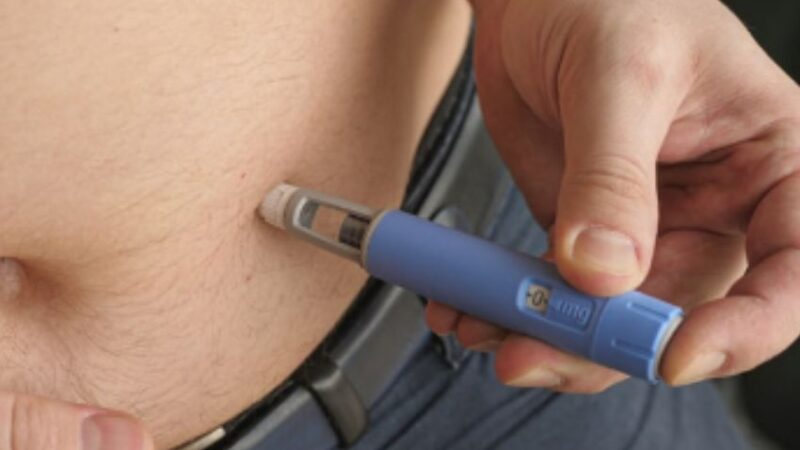Everything You Need to Know About Radon Mitigation
After you’ve done radon testing at C-NRPP-recommended intervals, you might be faced with the challenging scenario of excessive home radon levels. So what’s next? Unfortunately, radon does not dissipate on its own, which means you need to take action. The good news is that radon mitigation can be a life-saving service, reducing radon levels by up to 95%.

What Is Radon Mitigation?
Radon mitigation services are designed to reduce radon in your home and vastly decrease the potential dangers of radon-related illnesses, most notably lung cancer. Radon mitigation systems help radon bypass your home’s interior and vent outdoors into the open air, where it can disperse naturally. While effectiveness is never going to be 100%, reducing and mitigating as much as possible vastly improves your household’s chances of avoiding lung cancer in the long term. Radon mitigation systems should be professionally installed by a C-NRPP certified and experienced professional to reduce radon trapped in your home.
Companies need to be committed to applying the rigorous standards coming from Health Canada and the Canadian National Radon Proficiency Program (C-NRPP). It’s vital for Calgarians, Albertans, and all Canadians to take the often-underestimated threat of radon seriously. If your home is above the WHO’s standard for action (100 Bq/m3) or even up to Health Canada’s maximum allowable indoor levels (200 Bq/m3), it’s time to take action with a radon mitigation system.
Why Do You Need Radon Mitigation?
Testing for radon is essential because not all radon levels are actionable. If your home has less than 100 Bq/m3 on a reliable test, you may want to hold off on mitigation systems and test another time. After all, radon is everywhere. There’s no avoiding radon generally, but a few different factors can culminate in hazardous accumulation of high levels—in some cases drastically higher than 100 Bq/m3. In the event your home has accumulated high radon levels, radon mitigation systems are the most effective response. Without intervention, sustained levels of radon gas above 200 Bq/m3 can lead to lung cancer, so it’s best to take remedial action within 2 years. The World Health Organization also notes that exposure to levels higher than 100 Bq/m3 is the point at which long-term lung cancer risks drastically increase. Health Canada recommends remediating within 1 year on test results of 600 Bq/m3 and up, as this can significantly increase your risk of cancer.
How Does Radon Mitigation Work?
Many homeowners will notice increased Radon levels in their homes during the winter months. This reality is due to a few different factors working together simultaneously. Not only are we allowing less fresh air into our homes because of the cold weather, but the increased use of our furnaces for heating also draws radon up from the ground, naturally pulling the gas to your home. It seeps in through the concrete slab, basement windows, or cracks in the foundations of your home’s basement and gets trapped inside. Radon mitigation systems work by drawing negative pressure from beneath the slab to essentially draw the Radon gas from beneath the slab and vent it to the outdoors before it has a chance to accumulate to high levels within the home.
What Equipment Is Used in Radon Mitigation?
Radon mitigation involves drilling a hole into a home’s concrete slab (in the mechanical room), where radon professionals can install a pipe to attach a specialized radon fan. These fans are chosen based on calculations taken through detailed diagnostic testing of your basement slab. Too large of a fan will be noisy and wasteful from an energy perspective. A small fan will not produce enough negative pressure beneath the slab and won’t reduce levels to a safe threshold. Radon mitigation professionals always take great care to select the best location for your system on your home’s foundation. There they can connect it to the PVC pipes and then vent it outdoors safely and within building codes away from any windows, doors, and fresh air intakes for your other home appliances.
How Much Does Radon Mitigation Cost?
Radon mitigation is something you might be tempted to cut corners on since there are providers out there advertising very inexpensive mitigation systems. Some radon mitigation companies out there might try to sell you something less expensive to better compete for your business. But if a system is around $1000-$1500, you may find it ineffective or have someone uncertified and inexperienced installing your system. There are also providers using lower grade materials to cut costs, preventing your system from lasting as long within the home.
A C-NRPP certified radon mitigation system installed by a properly experienced and insured professional might cost between $2,000-and $3,000. Factors such as; C-NRPP-certifications, insurance, WCB coverage, proper materials, expertise, and overall commitment to the safety of your home will determine the price involved. Safety, regulatory compliance, and quality materials are worth it, though.
How Does Having Radon Mitigation Systems Impact Your Home’s Value?
Radon mitigation systems might cause anxiety in some uninformed home buyers or realtors, but many lack the general knowledge of what radon is and how it works. There could be a stigma that a home with radon mitigation somehow has more radon exposure than other homes. A mitigated home is far safer than a home with no radon mitigation system.
As mentioned, radon is everywhere, and it’s impossible that a given single-residential home without radon mitigation will test for 0 Bq/m3, as even fresh outdoor air has an average radon level of 15 Bq/m3. Any home without a radon mitigation system is actually more likely to produce a result of 100+ Bq/m3 than a dwelling with a mitigation system built in. These systems are a proven method to reduce radon and prevent future high-level exposure.
Though the initial investment in a radon mitigation system may seem high, the positive impact it can have on your family’s health and wellbeing is worth it. Moreover, the system can also increase the overall value of your home and give you a more competitive advantage when determining a list price for your house. You’re not just incurring a one-time expense; you’re making a home improvement. Radon mitigation systems can also be effective in expelling excessive sub-slab moisture along with radon gas. The average mitigation system expels between 2-3 liters per day of water vapor from beneath the slab in addition to Radon gasses.
When to Call a Radon Professional for Mitigation & Reduction
For the safety of your home, you should be testing at the intervals recommended in Health Canada’s guide for radon measurements. It will allow you to establish whether you need radon mitigation immediately or whether you can note unactionable radon levels and retest later. Radon is a slow-moving hazard, but with a system in place, you can rest a lot easier knowing your home has a mitigating solution. Actionable levels will be different for homeowners with varying thresholds for their health. Parents of young children may choose to act at lower levels due to their kids’ rapidly growing cells and higher respiratory rates. The science is in; when it comes to radon gas exposure, less is better to reduce long-term lung cancer risk.

Deepa Mahar is an independent blogger and admin of DeepAdvices who is exploring the beauty of the blog writing from a variety of subjects and books to health, science and others. She believes the blog would be helpful to the reader in the context of knowledge. She is post-graduated with a degree of Biotechnology.





